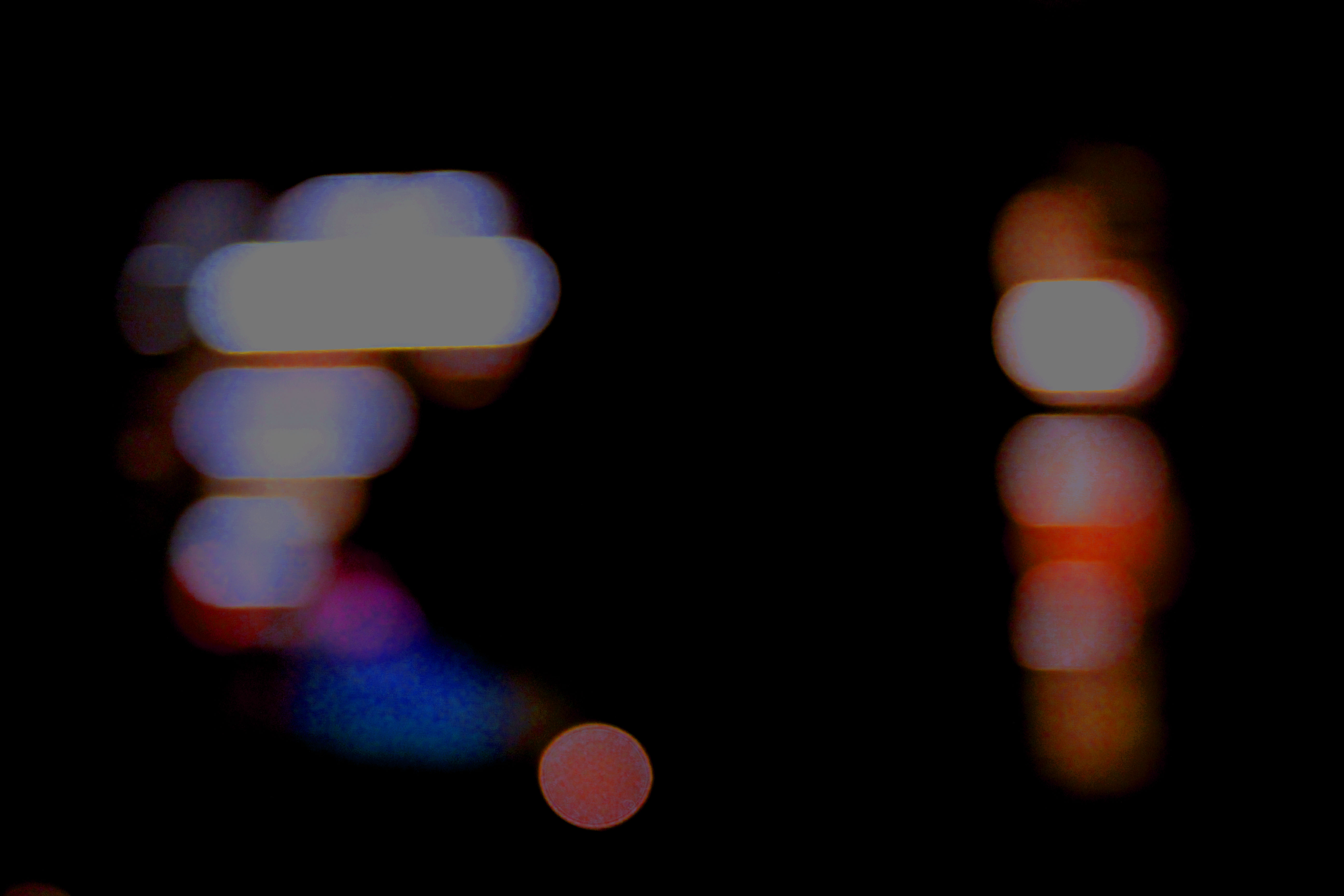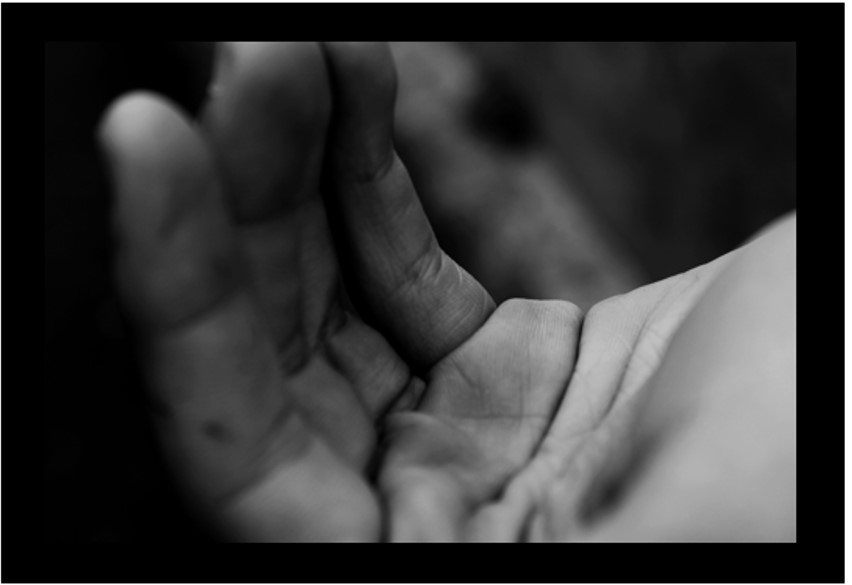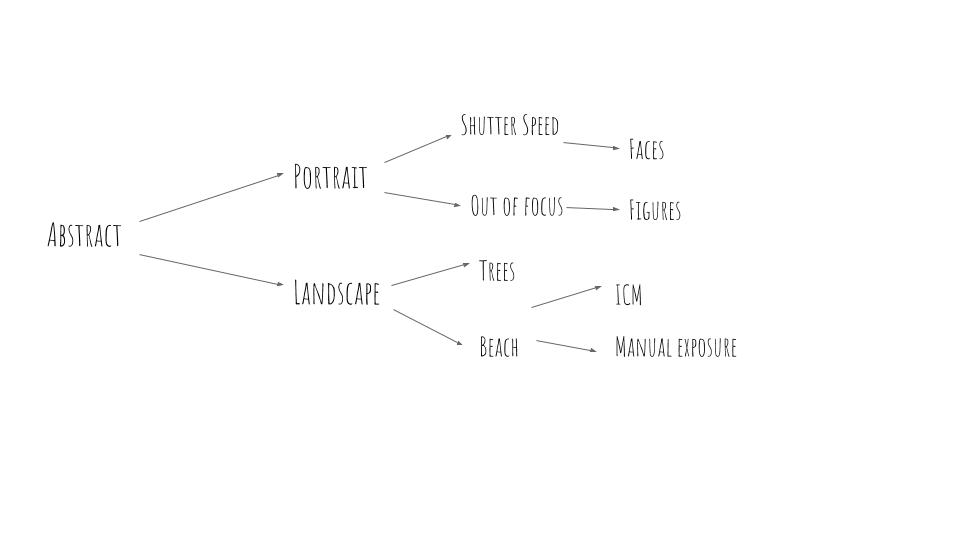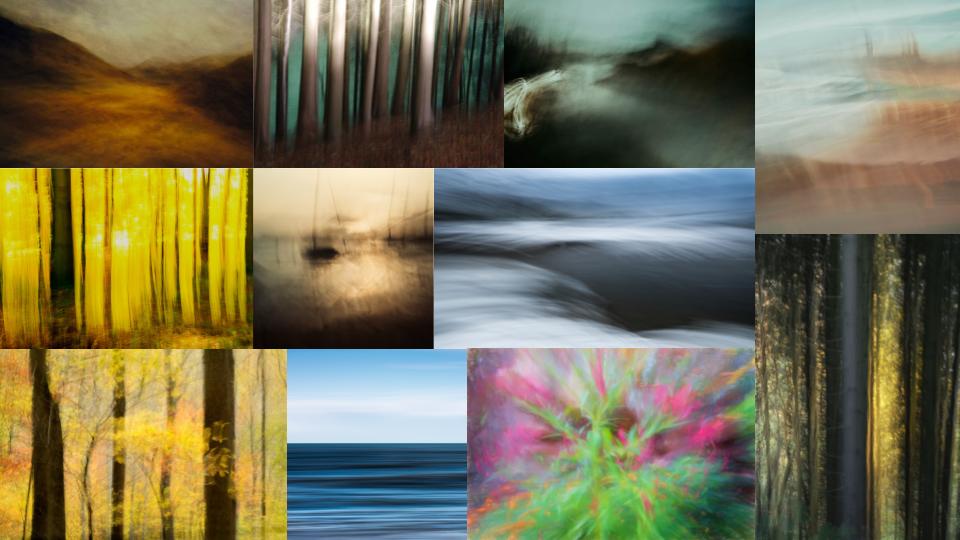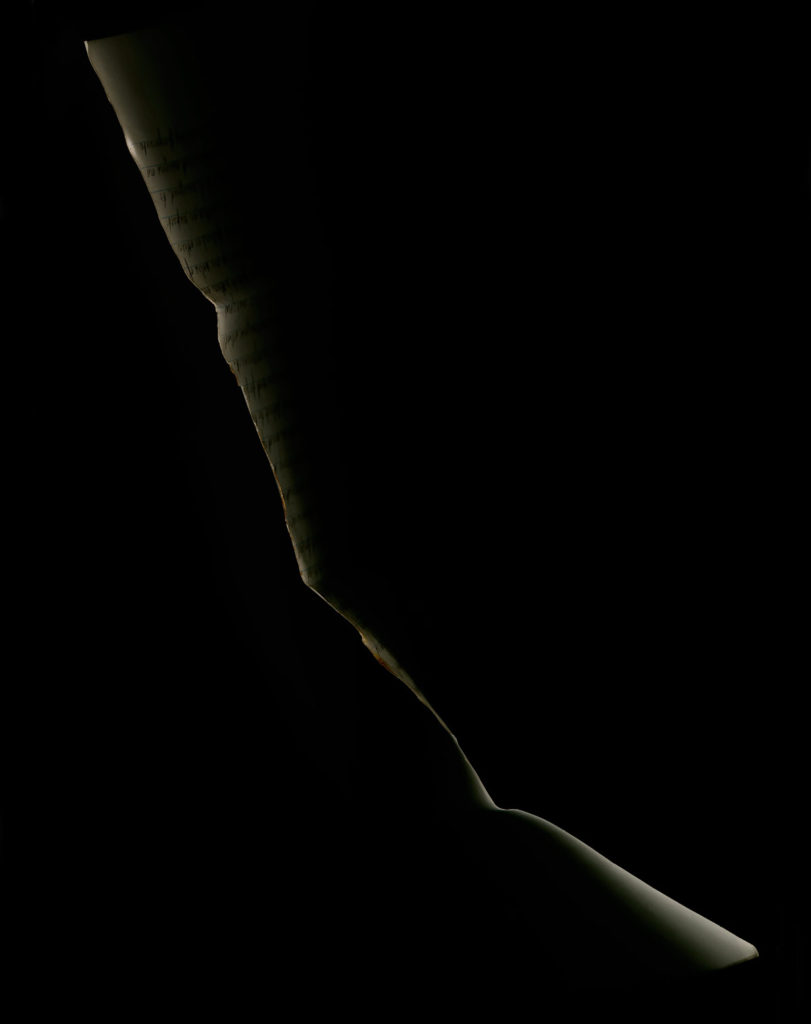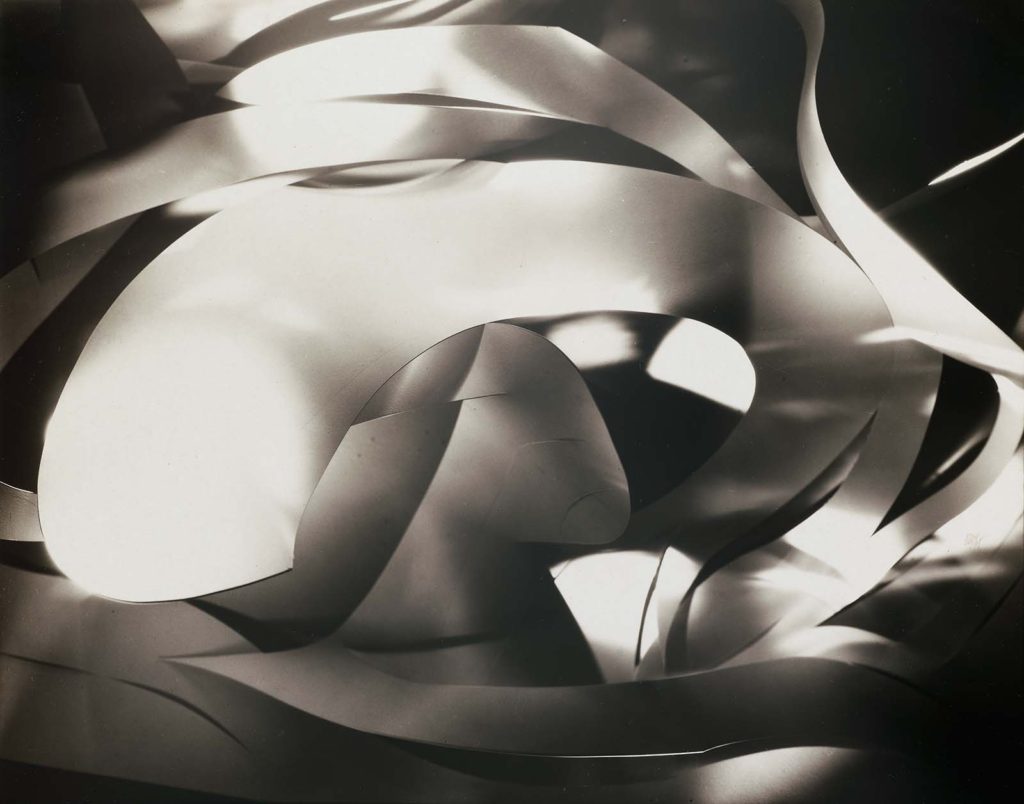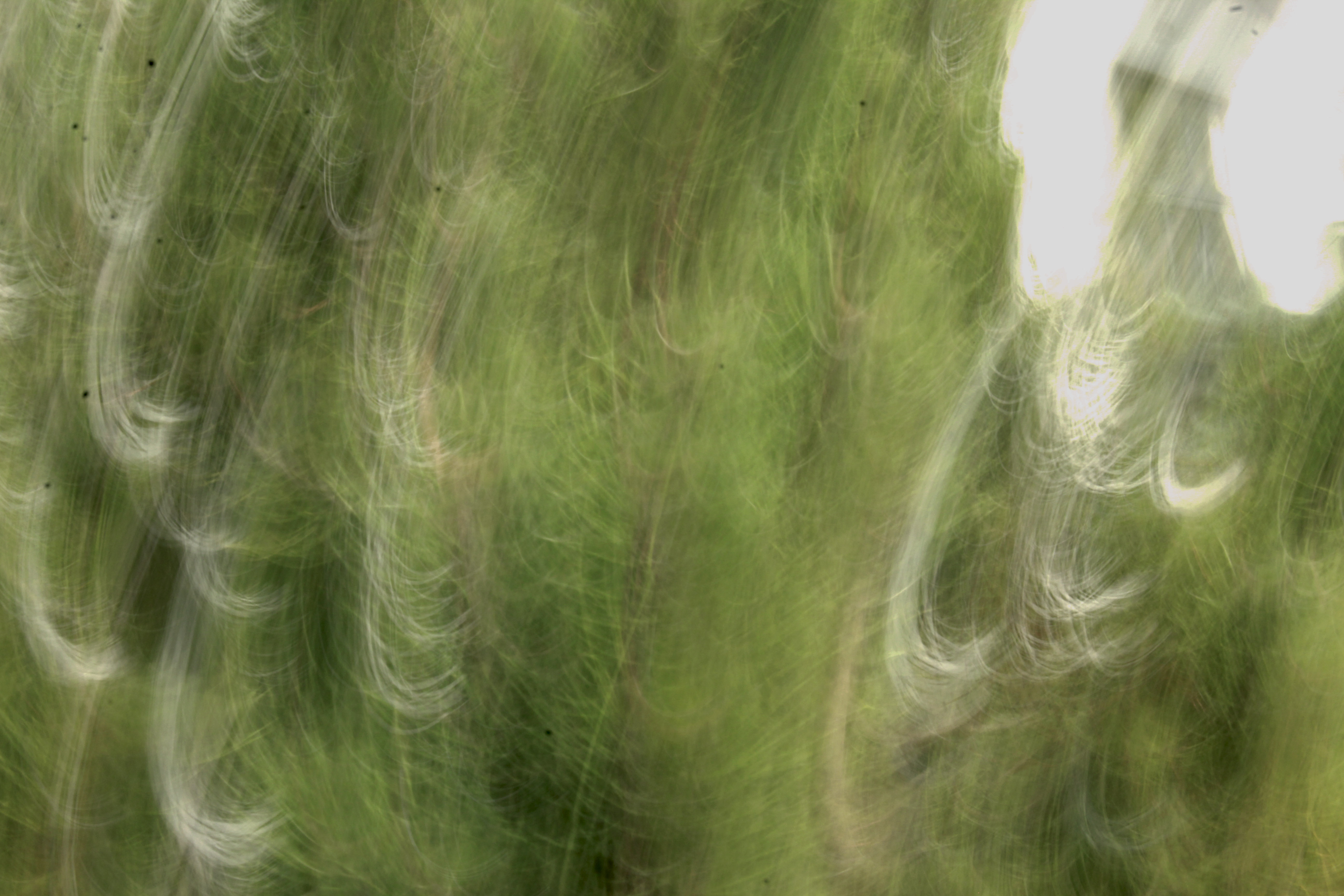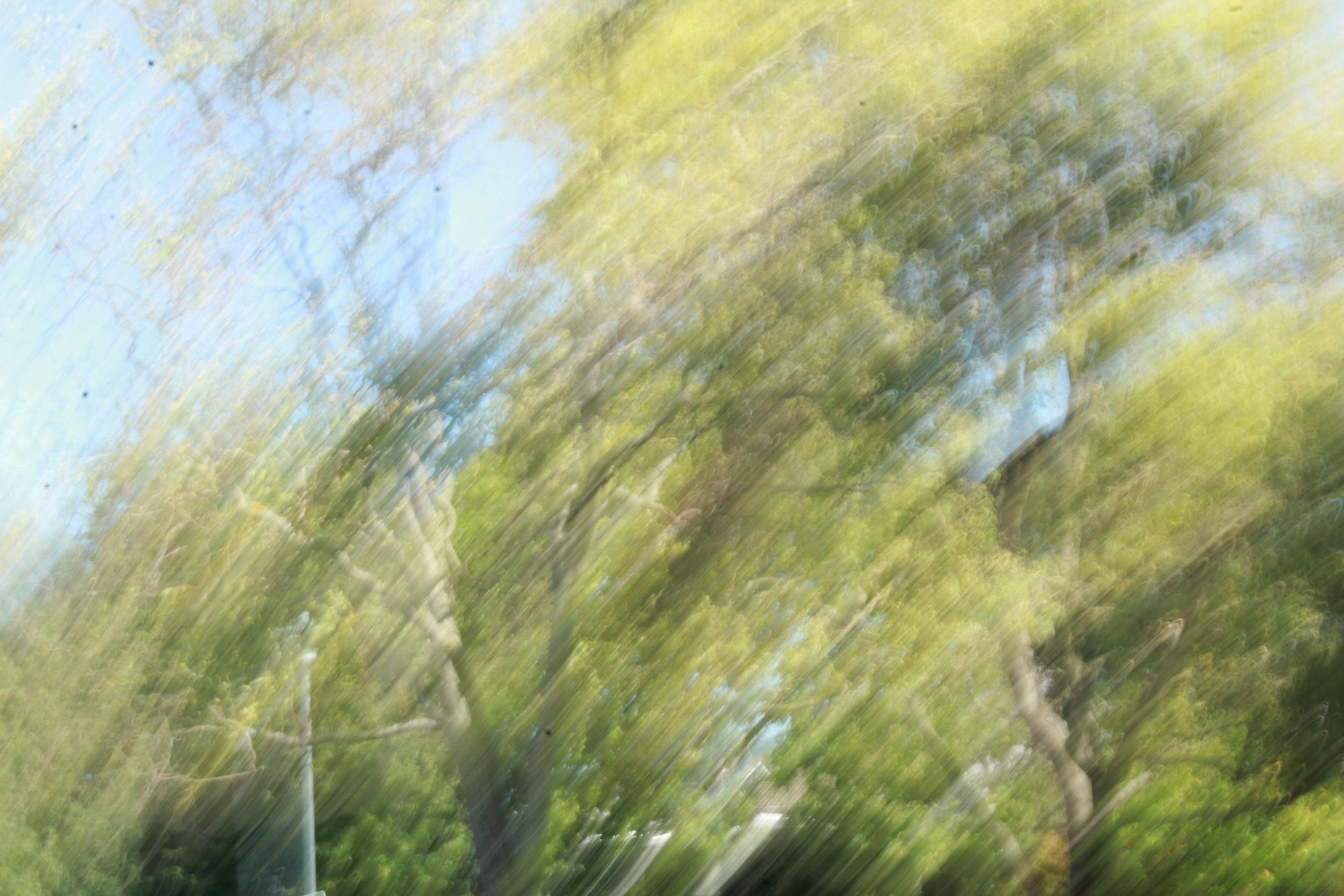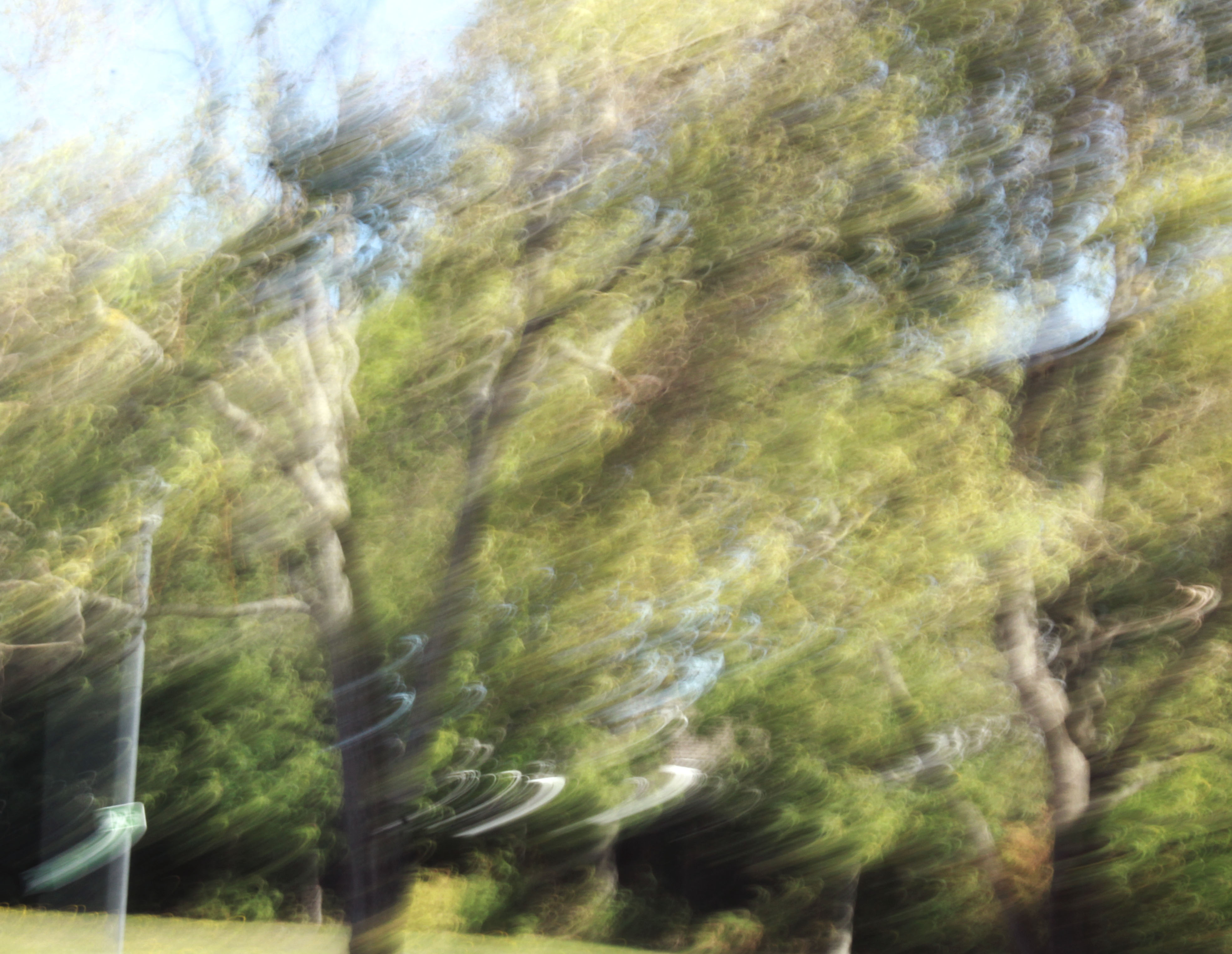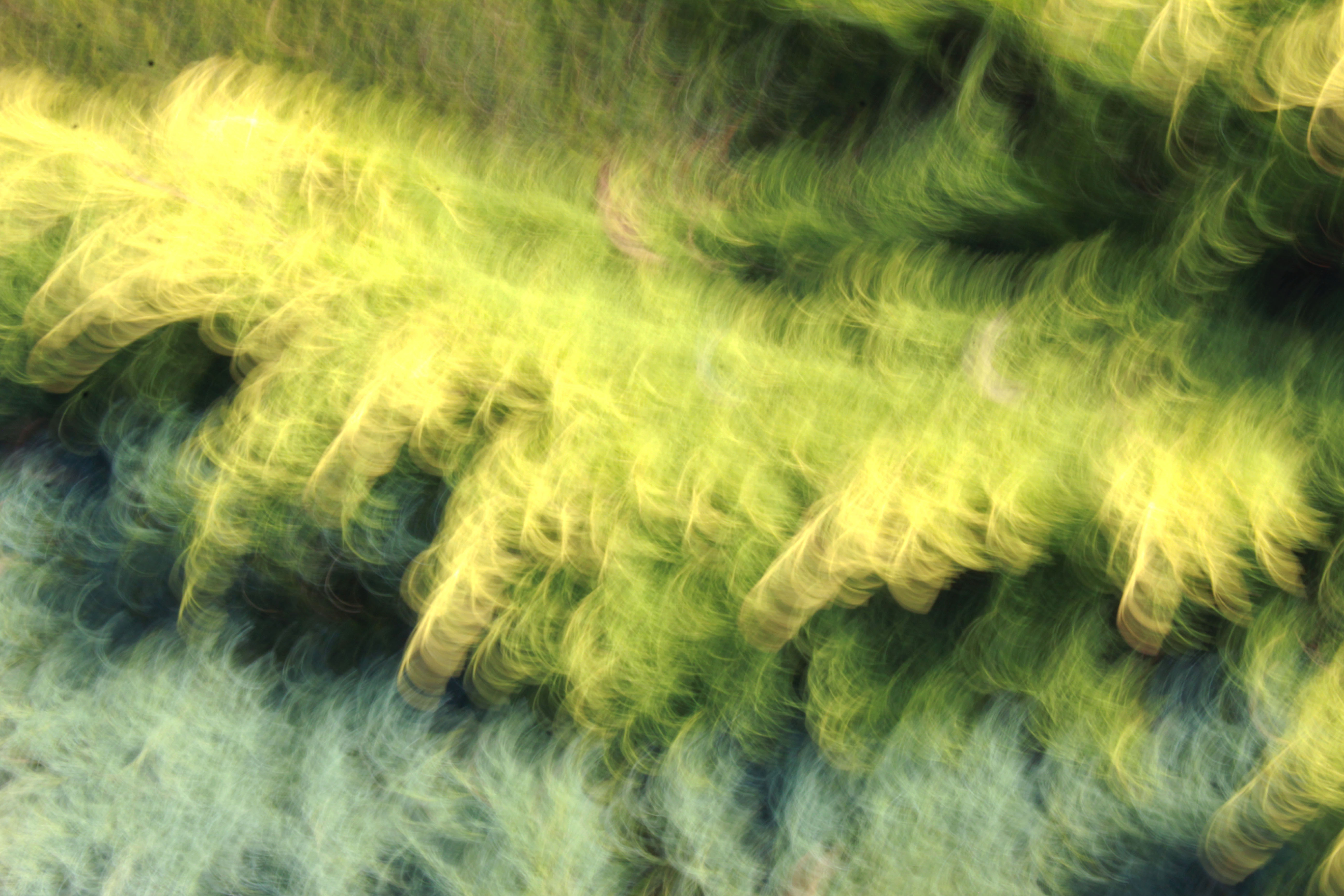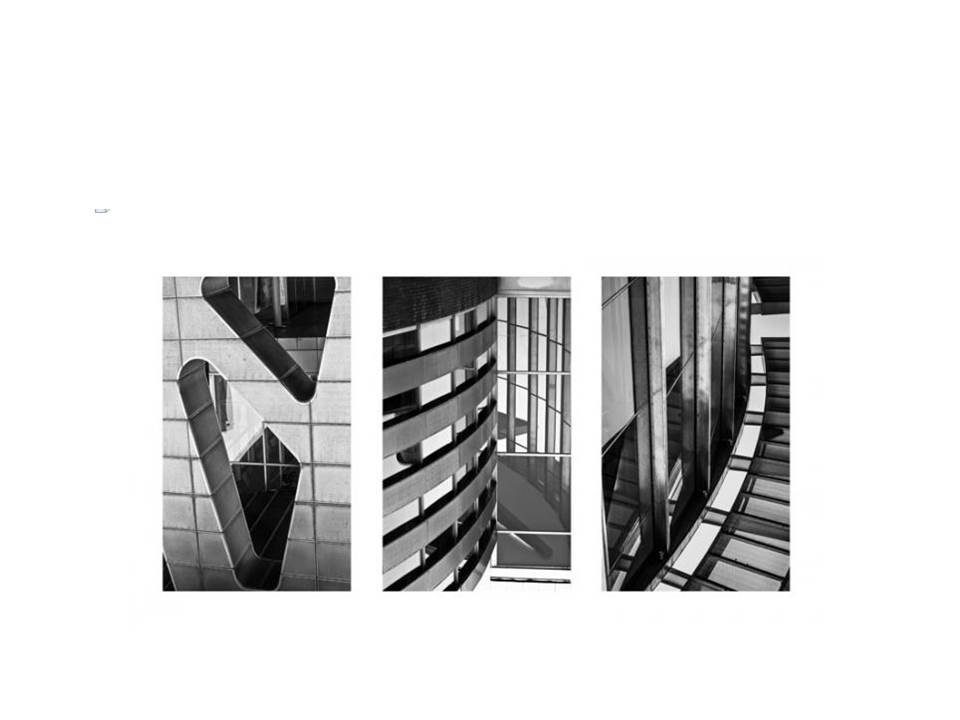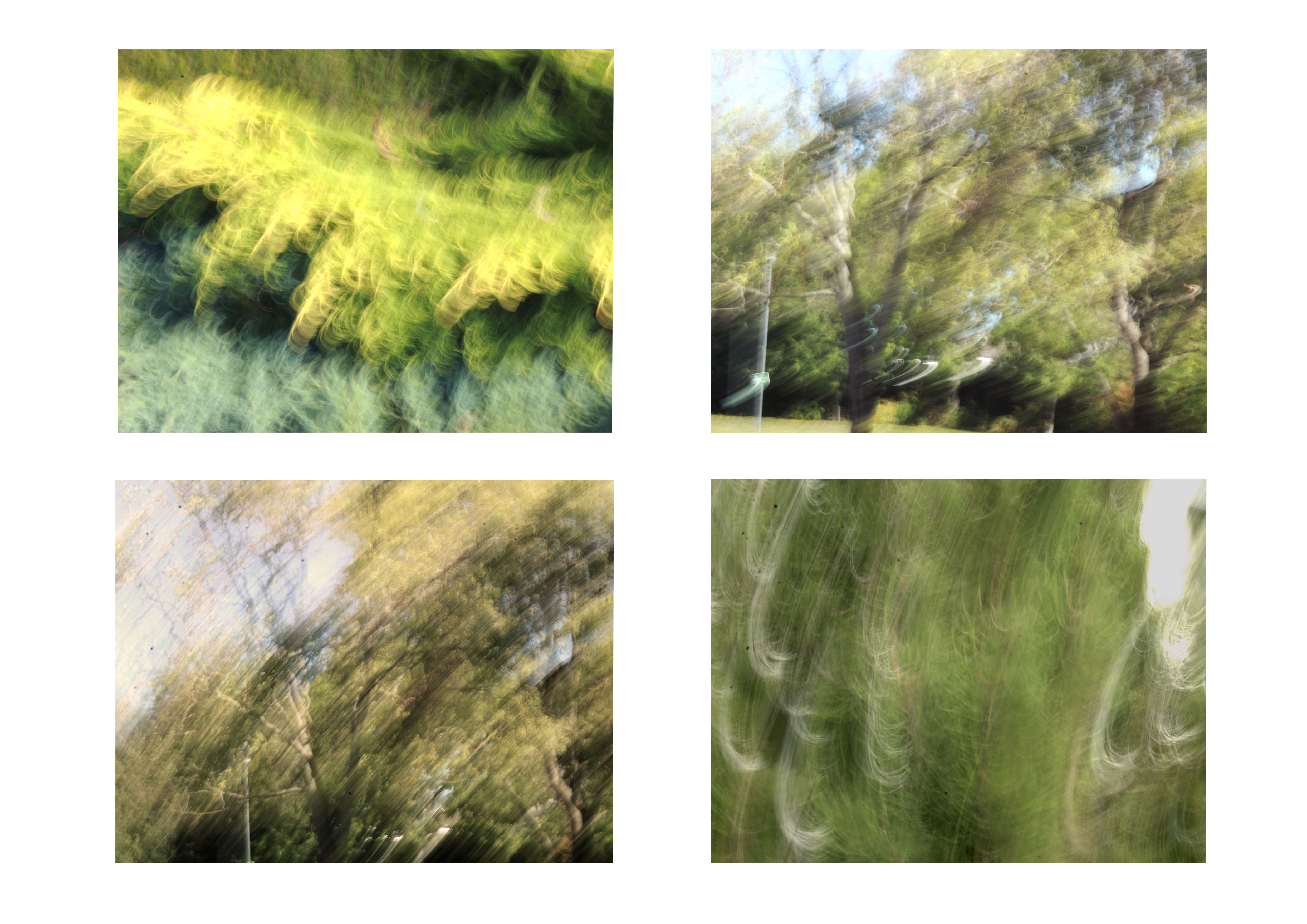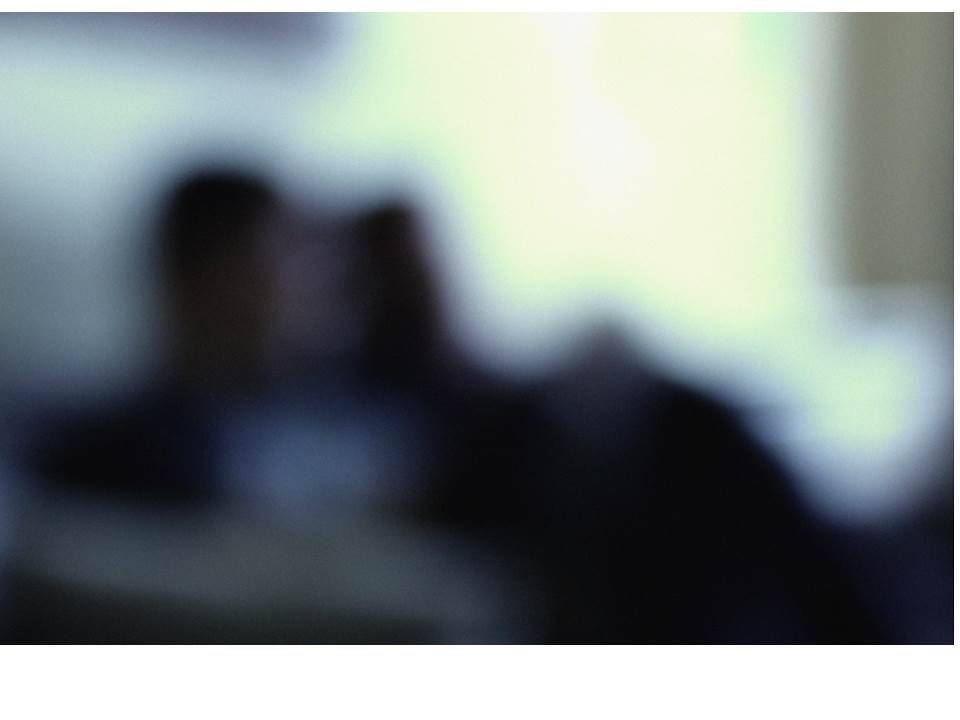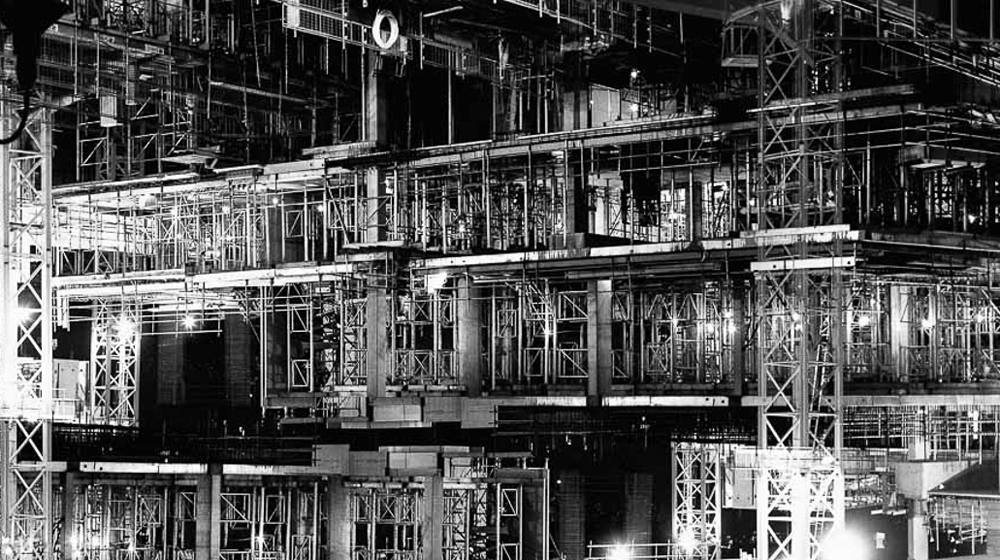Byron Jorjorian’s award-winning photography has been appreciated and admired all over the world. His work has appeared in major publications including Time, National Geographic, Outdoor Photographer, Smithsonian Books and the Audubon Field Guides. He, like most, began humbly. His interest in photography started at age 11, when he got his first camera as a gift from his grandfather. This small event was life-changing for the young Byron and awakened in him an insatiable passion for photographing nature.

Byron Jorjorian has been capturing the natural world on film for over 30 years. With over 210,000 images in his files, his photographs have appeared on nationally published greeting cards, calendars, magazines, posters, murals, fine art prints, brochures, and advertising. Byron has had over 10,000 images published.
this is some of his work

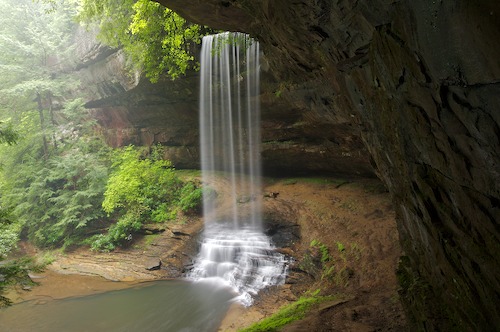


in some photos he just focuses on the obstacles in the front ground and the back ground is unfocused which gives a lot of texture and color to the photograph.
experimenting to copy his work:
i tried to study some of his work and try to copy similar
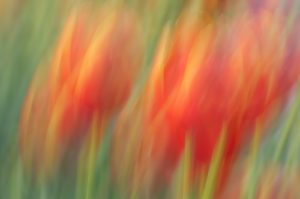
in this abstract photo we find a lot of color and movement because of the technique he used to take it, it was set on low shutter speed and taken while the camera was moving.

this is my work, i tried to copy his work by putting the camera on low shutter speed and focusing on those pink and yellow cyclamen flowers in the front and keeping the back unfocused then i took the photo wile i’m slightly shaking the camera which is why its not really similar to Jordanian’s work.

in this photo he sharply focused on the flower in the fore ground on normal shutter speed this time without shaking or moving the camera and he kept the green background unfocused to create color in the flower.

i took this photo on normal shutter speed and manual settings. i focused on the seed pod and kept the background unfocused. its not good as Jorganian’s work though because there is less sunlight and the background is not fully green, also because i was using a long lens so i couldn’t take the photo but from at least 4 meters away so that it can focus which doesn’t produce a photo as sharp and focused as a short lens camera from up close.

